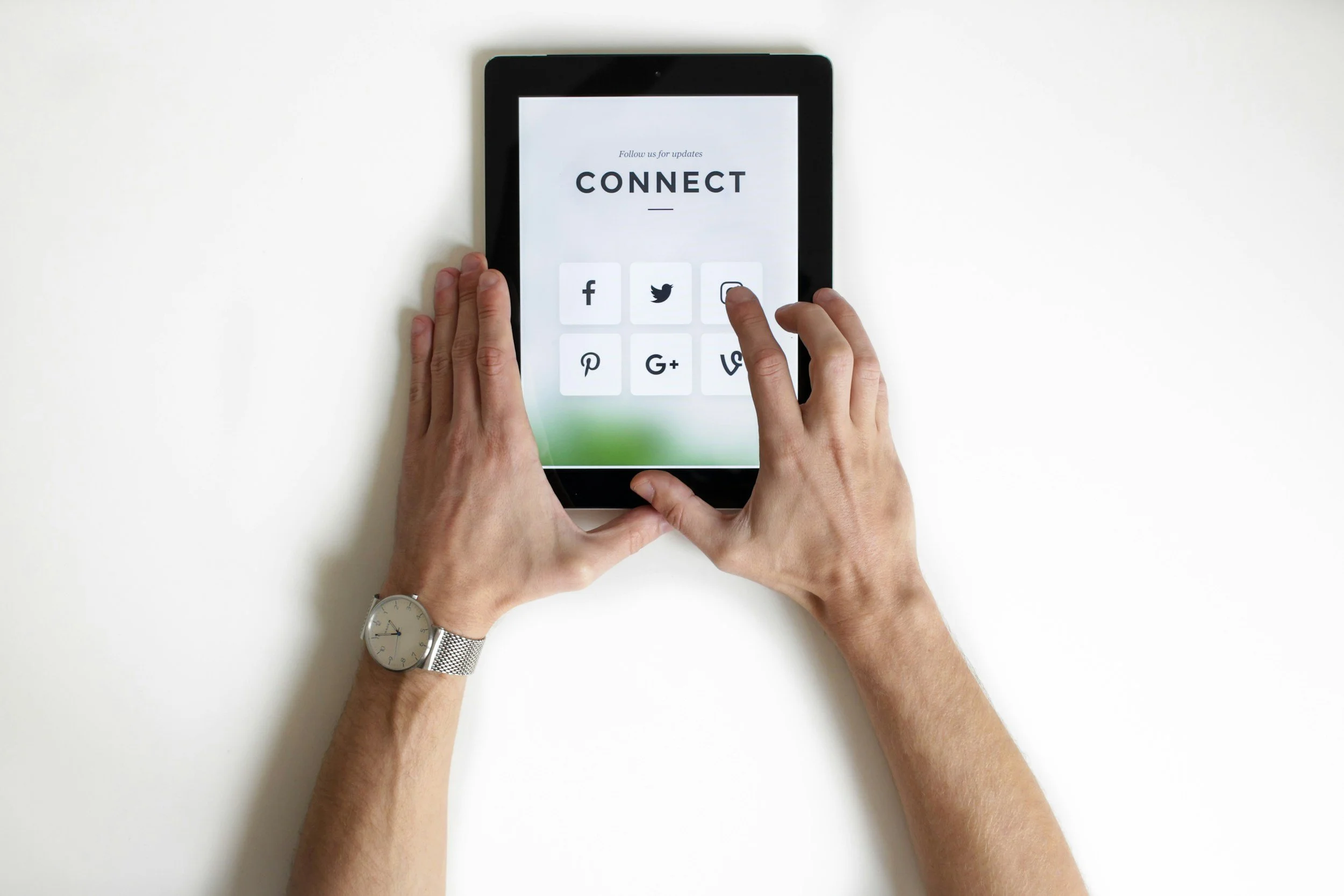“Digital Burnout: The Mental Health Cost of Constant Connectivity”
In today's hyperconnected world, digital burnout is emerging as a critical mental health issue. With remote work, social media engagement, and on-demand communication becoming standard, individuals are increasingly reporting symptoms of fatigue, irritability, anxiety, and disrupted sleep tied to excessive screen time.
What is Digital Burnout?
Digital burnout refers to a state of mental exhaustion caused by prolonged exposure to digital devices and the expectation of constant availability. It mirrors traditional burnout but is fueled by online demands—emails, notifications, and the pressure to remain productive or socially present.
Why It Matters Now
As hybrid work remains the norm post-pandemic, boundaries between work and personal life continue to blur. Research from the American Psychological Association (2024) indicates a 32% increase in digital fatigue reports among working adults. This includes difficulties disengaging from work platforms and a decline in emotional resilience.
Signs to Watch For:
Difficulty focusing or completing tasks
Increased anxiety when away from devices
Sleep disturbances due to late-night screen exposure
Emotional numbness or withdrawal from non-digital life
Strategies for Managing Digital Burnout:
Set Tech Boundaries – Designate screen-free hours, especially before bed.
Schedule Downtime – Incorporate non-digital activities like walking or journaling.
Practice Mindful Use – Use apps intentionally, not reactively.
Communicate Expectations – Clarify boundaries with colleagues and family regarding availability.
Clinical Consideration:
Mental health professionals are encouraged to assess digital wellness as part of intake and ongoing care. Incorporating screen use patterns into treatment plans can support sustainable behavior changes that improve overall mental health outcomes.
As technology continues to evolve, so must our approach to digital hygiene. Addressing digital burnout is not just a personal challenge—it's a clinical and cultural priority.
For providers: Consider adding a digital wellness assessment tool to your intake packet or progress note templates to identify and track digital burnout symptoms.
Brad Ploof, MS, ALC, NCC, CTP, CGP | TWINDOM Counseling


